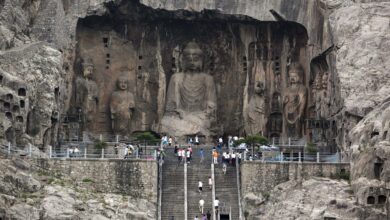Roman engineering prowess revealed in Italica ruins in southern Spain

By Alfredo Valenzuela
Seville, Jun 25 (EFE).- A Roman amphitheater in Southern Spain has stunned archaeologists and architects who have discovered that after centuries of plundering and abandonment, the ancient sewers continue to work laying bare the efficiency of Roman engineering.
The Italica ruins in Santiponce, nine kilometers north of Seville, were looted and used as a quarry until the 18th century.
One of the most remarkable things about the 25,000-seater amphitheater, which is one of the largest built by the Romans, is the sophisticated sewage system that was built around the structure and which is in tip-top shape still, architects Francisco Reina and Pedro Lobato tell Efe.
Back in the day, Roman settlers faced several problems with surplus water that flooded the western side of the amphitheater, threatening the Libitinaria gate. Their solution was to channel the stream elsewhere, Reina tells Efe.
In the 1960s, the Guadalquivir Hydrographic Confederation built a small dam outside the archaeological complex that also failed to stop the leaks, which continued to flood the area surrounding the Libitinaria gate with mud.
As the Romans did over 17 centuries ago, Reina and Lobato have designed a system that collects excess water through a series of pipes that lead to the Roman sewer which flows into the Guadalquivir river.
The architectural project also included the reconditioning of the western slope next to the amphitheater which is now accessible to tourists and offers panoramic views of the complex.
Visitors can also leave the amphitheater through the Libitinaria Gate using a small metal walkway the architects designed as part of their award-winning restoration of the ruins.
The new exit also allows visitors to enter through the Triumphal Gate, the main entrance to the complex. EFE
av/ch





